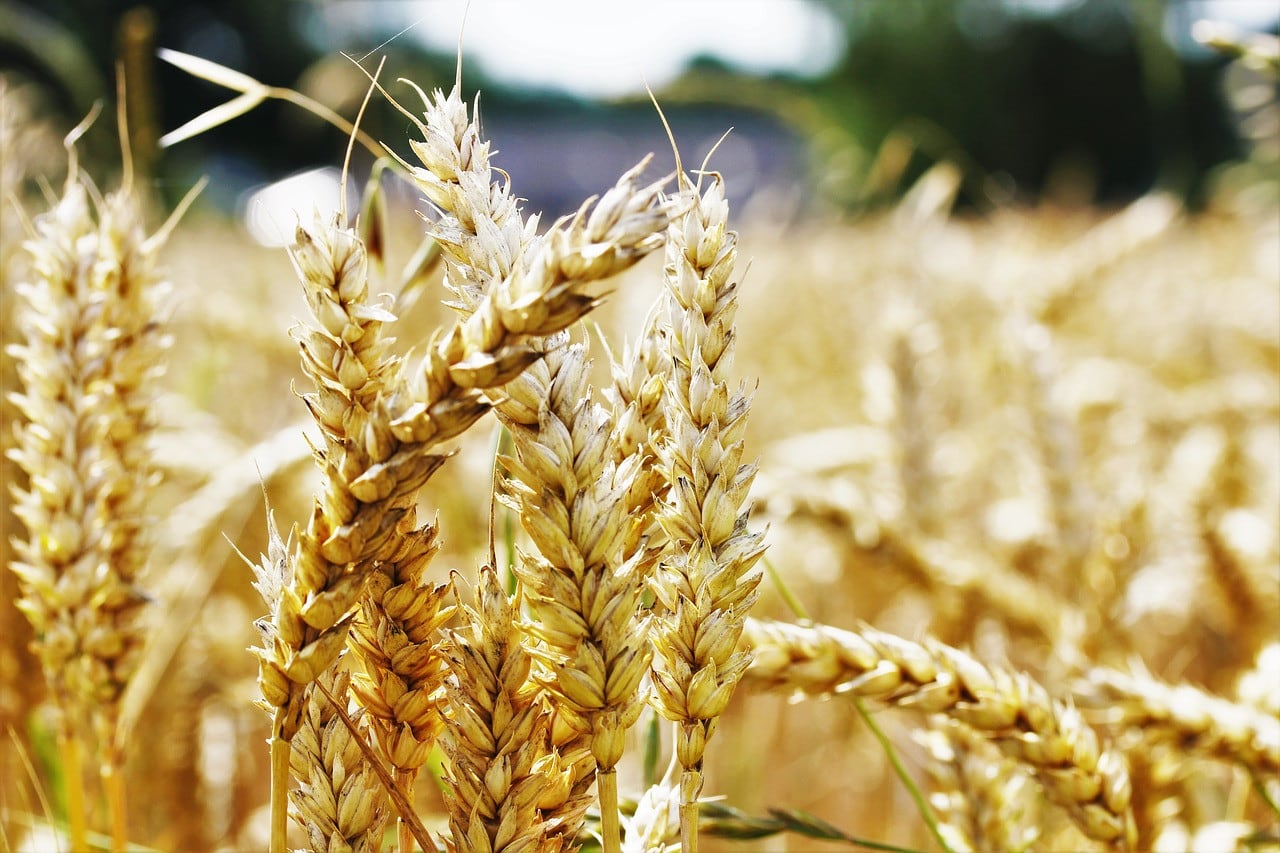India’s wheat reserves hit 16-year low following two years of poor harvests — Reuters

Wheat stocks in India’s government warehouses on May 1 were down 10.3% year-on-year to their lowest since 2008, following two years of poor harvests that prompted record state sales to boost domestic supplies and curb local prices.
At the start of May, wheat reserves in state stores totaled 26 million metric tons, down from 29 million metric tons in May 2023, according to the state-run Food Corporation of India.
May wheat inventories were higher than April’s 7.5 million metric tons after new season purchases by the Food Corporation of India bolstered reserves. Higher temperatures reduced output in 2022 and 2023.
Despite the tight supply, New Delhi has resisted calls to encourage imports by cutting or removing the current 40% import tax or by purchasing directly from leading suppliers such as Russia. Instead, it has drawn on state reserves to sell to bulk consumers, including flour millers and biscuit makers, to curb domestic prices that have remained above the state-fixed minimum buying price since the last harvest.
The Food Corporation of India began selling wheat to private players in June 2023 and has sold just over 10 million tons so far, a record from state reserves. India grows only one wheat crop a year, with planting in October and November and harvesting from March. New season purchases start in April, augmenting state stocks from May.
Although this year’s May stocks are lower than last year’s, inventories are higher than the government’s buffer and strategic reserve target of 7.46 million tons for the quarter beginning April 1. India failed to meet its wheat purchase target in 2022 and 2023, followed by a slow start to this year’s purchases.
New Delhi banned wheat exports in 2022 despite a rise in export demand as the Russia-Ukraine conflict led to a global shortfall.
Source: Reuters



